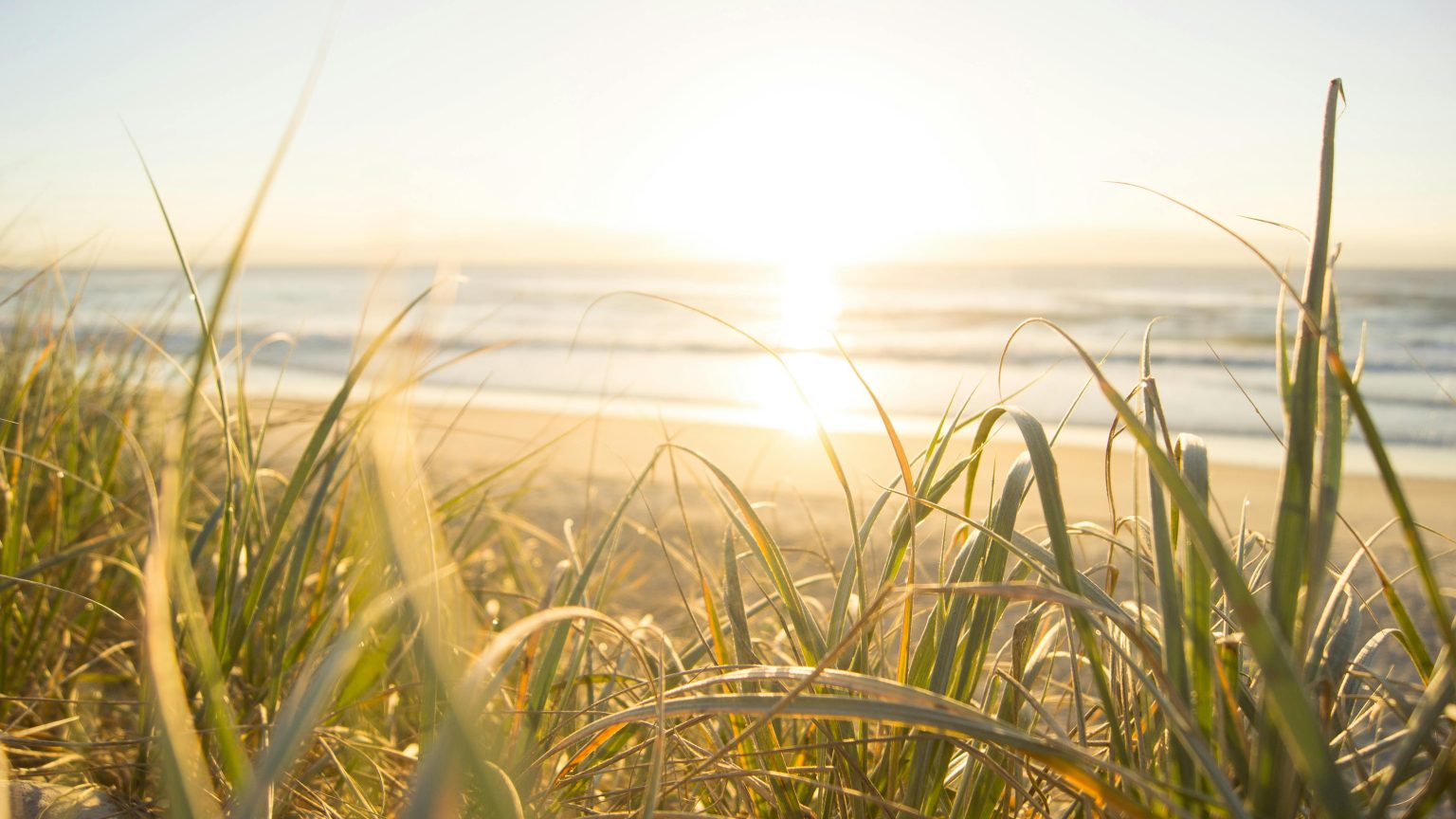With wasp season underway, homeowners are being warned to watch out for nests in sheds and summer houses.
Outbuilding experts from GardenBuildingsDirect.co.uk have issued timely advice on how to deal with the problem safely.
Quiet and dry areas make the perfect nesting spot for queen wasps emerging from hibernation in spring and garden sheds and summer houses are prime real estate.
But while wasps are important for the ecosystem, having a nest in your garden building can be an annoyance, and even dangerous if anyone in the home is allergic to stings.
It’s important to safely assess the situation and keep a safe distance from any nests until a professional pest control service is able to remove it.
Once the nest has been safely removed, sealing off entry points and putting preventative measures in place will help ensure wasps don’t return in the future.
A spokesperson for GardenBuildingsDirect.co.uk said: “As we head into peak wasp season it’s not unusual to find nests in garden buildings.
“Quiet, sheltered spaces like sheds and summer houses are particularly attractive to queen wasps in spring, but it’s important not to panic.
“Wasps can become aggressive when disturbed so it’s best to avoid any risks and call in the professionals.
“Once it’s been removed, simple preventative steps to stop wasps from coming back, like sealing entry points and adding deterrents, can save you the headache in future.”
How to handle a wasp nest in your shed safely:
Keep calm and step back
The worst thing you can do is panic or try to swat at the wasps. Any disturbance can make wasps aggressive. Instead, stay calm and keep children and pets well away from the area.
Observe the nest safely
If you’ve identified the presence of a nest then you’ll need to try to assess the situation without getting too close. Look at its size, how many wasps are flying in and out, and see if you can spot any entry points. This will help you decide whether the nest is in an early stage or fully developed.
Large nest? Call in the pros
If there’s a lot of activity or the nest is large then it won’t be safe to remove it yourself, and you should contact a professional pest control service. A fully developed colony can contain hundreds of aggressive wasps that will defend their nest if they feel threatened. Any attempt to disturb the nest could result in multiple stings.
Block future access
Once the nest has been safely removed, take steps to stop wasps from returning. This means sealing up any cracks, holes or gaps in your shed or summer house that could provide access. If your outbuilding has any vents or small openings for airflow, consider covering them with a fine mesh to stop wasps from getting back inside.
Keep wasps out for good
Take simple steps to stop wasps nesting in your outbuildings again. Check the space regularly and keep it clean, especially in early spring. You can introduce natural deterrents like peppermint oil, or commercial wasp deterrents that can be hung in and around your shed. Or if you want to enhance your garden’s aesthetic at the same time, consider adding wasp-repellent plants like lemongrass to the landscape around your shed.
Can you remove it yourself?
You might be able to safely remove a nest yourself in early spring if it’s small and relatively inactive. You can do this using wasp nest killer spray. Make sure to wear protective clothing that covers your skin, and it’s best to treat the nest at dawn or dusk, when the wasps are less active and inside the nest. But if you’re still unsure, it’s best to leave it to the professionals.
